16 Tips for Pain-Free Joints
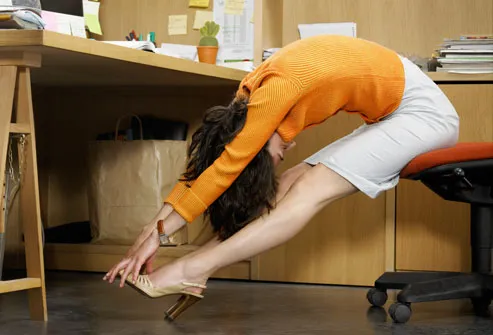
It's the golden rule of joint health: The more you move, the less stiffness you'll have. Whether you're reading, working, or watching TV, change positions often. Take breaks from your desk or your chair and get active.
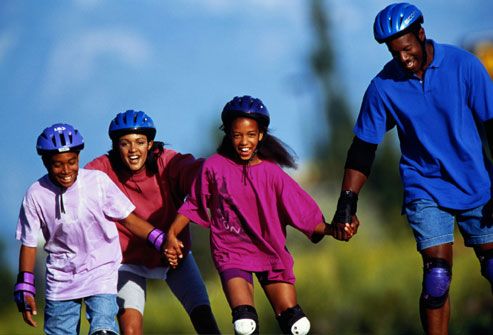
Padding is your pal. So suit up when you do things like in-line skating or play contact sports. If your joints already ache, it might help to wear braces when you do activities like tennis or golf.
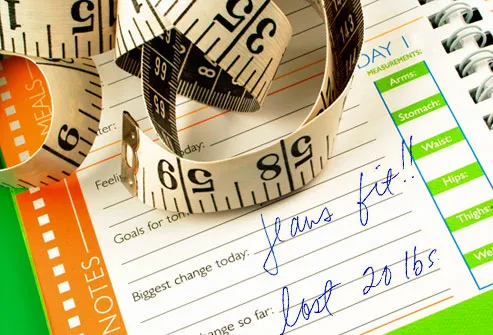
Your size affects some of the strain on your hips, knees, and back. Even a little weight loss can help. Every pound you lose takes 4 pounds of pressure off the knees. Ask your doctor what's the best way for you to get started.
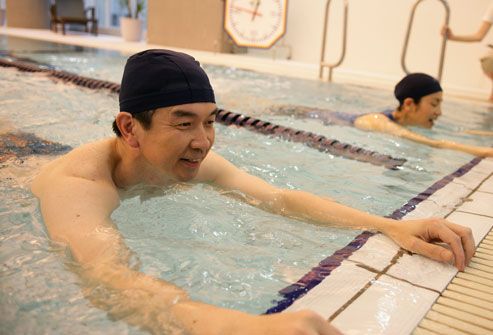
Flexibility helps you move better. Try to stretch daily or at least three times a week. But don't do it when your muscles are cold. Do a light warm-up first, like walking for 10 minutes, to loosen up the joints, ligaments, and tendons around them.

What exercise is good? The best choices are activities that don't pound your joints, like walking, bicycling, swimming, and strength training.
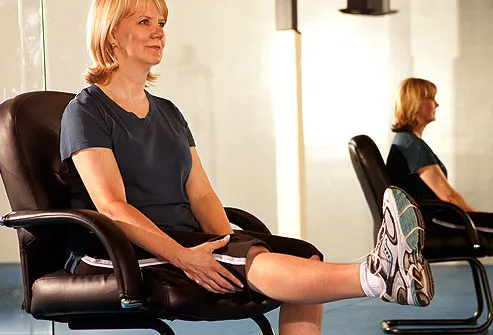
Get stronger to give your joints better support. Even a little more strength makes a difference. A physical therapist or certified trainer can show you what moves to do and how to do them. If you have joint problems, avoid quick, repetitive movements.
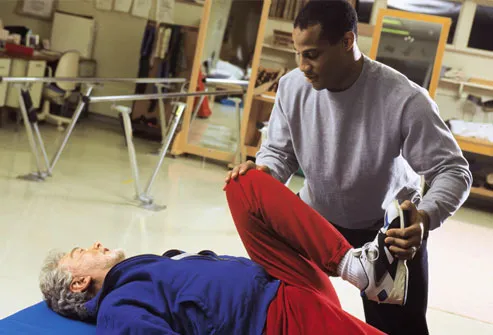
Are your joints too stiff and inflexible? You'll want to get back as much as you can of your "range of motion." That's the normal amount joints can move in certain directions. Your doctor or physical therapist can recommend exercises to improve this.
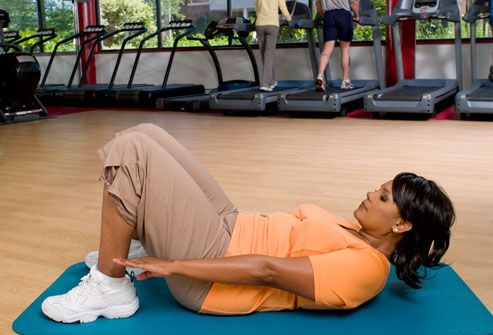
Stronger abs and back muscles help your balance, so you're less likely to fall or get injured. Add core (abdominal, back, and hip) strengthening exercises to your routine. Pilates and yoga are great workouts to try.
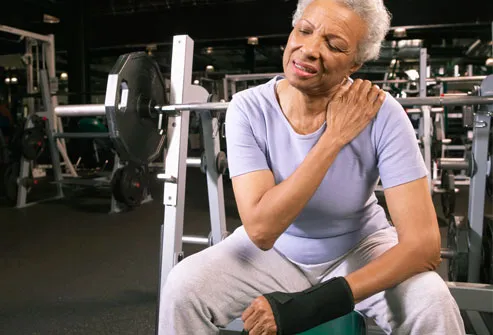
It's normal to have some aching muscles after you exercise. But if you hurt for more than 48 hours, you may have overstressed your joints. Don't push so hard next time. Working through the pain may lead to an injury or damage.

If you have joint pain from rheumatoid arthritis, eat more fish. Fatty cold-water types like salmon and mackerel are good sources of omega-3 fatty acids. Omega-3s may help keep joints healthy, as well as lower inflammation, a cause of joint pain and tenderness in people with RA. Don't like fish? Try fish oil capsules instead.
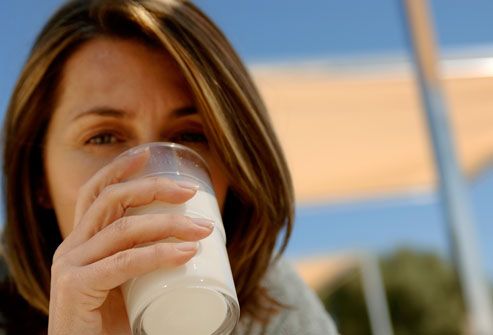
Calcium and vitamin D can help you do that. Dairy products are the best sources of calcium, but other options are green, leafy vegetables like broccoli and kale. If you don't get enough calcium from food, ask your doctor about supplements.
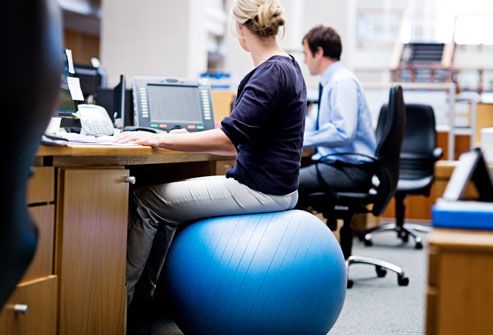
Stand and sit up straight to protect joints all the way from the neck down to your knees. To improve your posture, take a walk. The faster you do it, the harder your muscles work to keep you upright. Swimming can also help.

Consider your joints when lifting and carrying. Carry bags on your arms instead of with your hands to let your bigger muscles and joints support the weight.
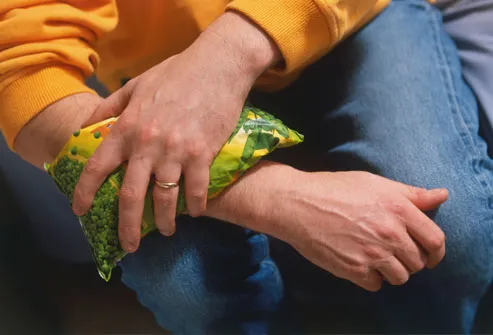
Ice is a natural -- and free -- pain reliever. It numbs the hurt and eases swelling. If you have a sore joint, apply a cold pack or ice wrapped in a towel. Leave it on for up to 20 minutes at a time. You can also try a bag of frozen vegetables wrapped in a towel. Never apply ice directly to your skin.

Stores are filled with ones that promise to relieve joint pain. Glucosamine and SAMe have the best research behind them. Talk to your doctor if you want to give supplements a try, so you know about what's safe and what might affect your medicines or health conditions.
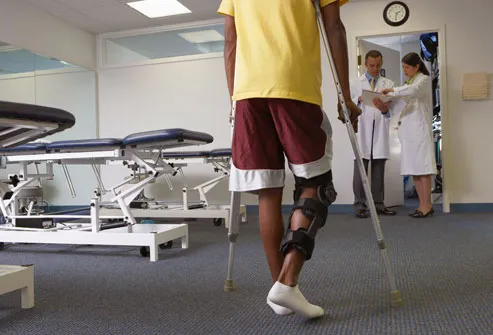
They can add to the breakdown of cartilage in your joints. If you get hurt, see your doctor right away for treatment. Then take steps to avoid more damage. You may need to avoid activities that put too much stress on your joint or use a brace to stabilize it.